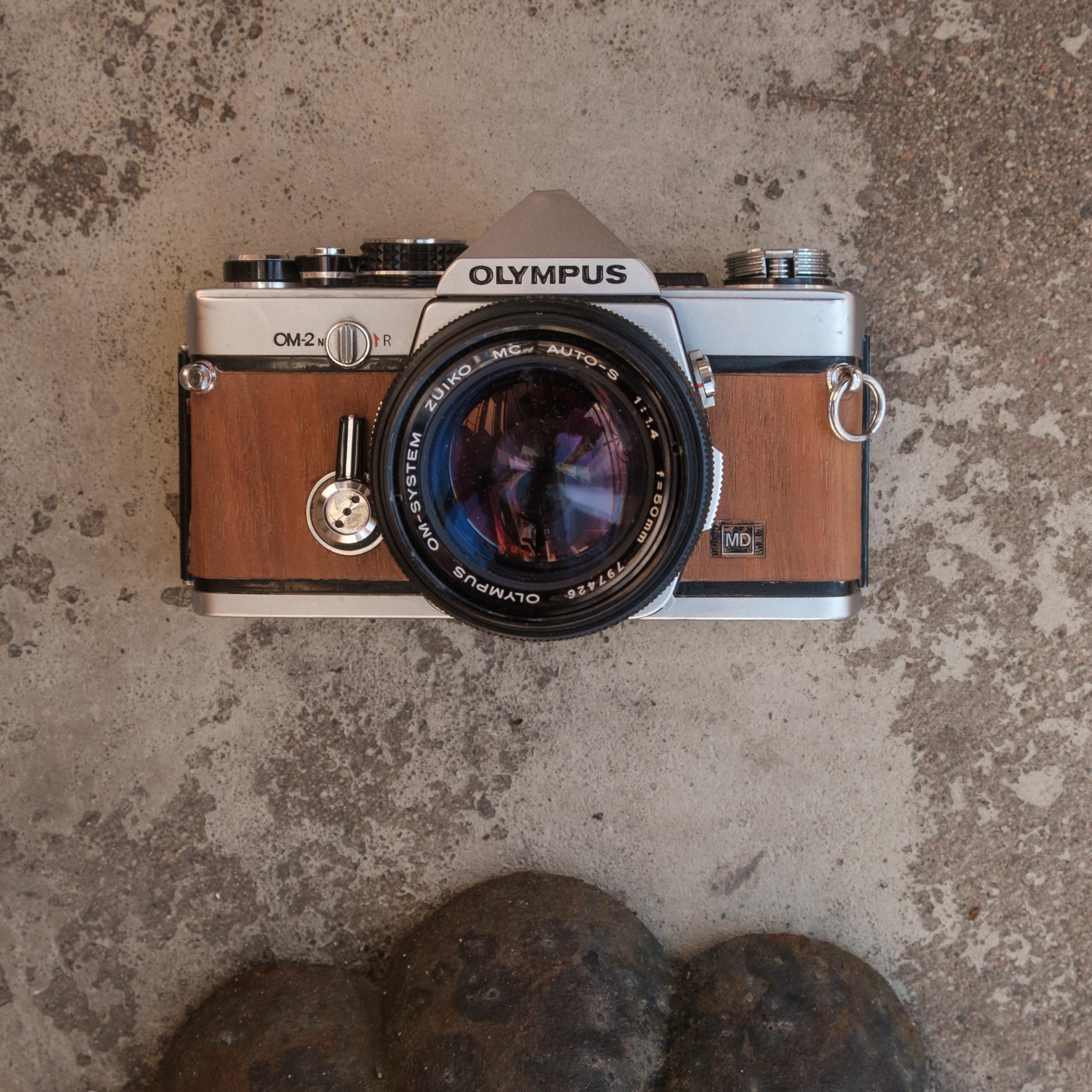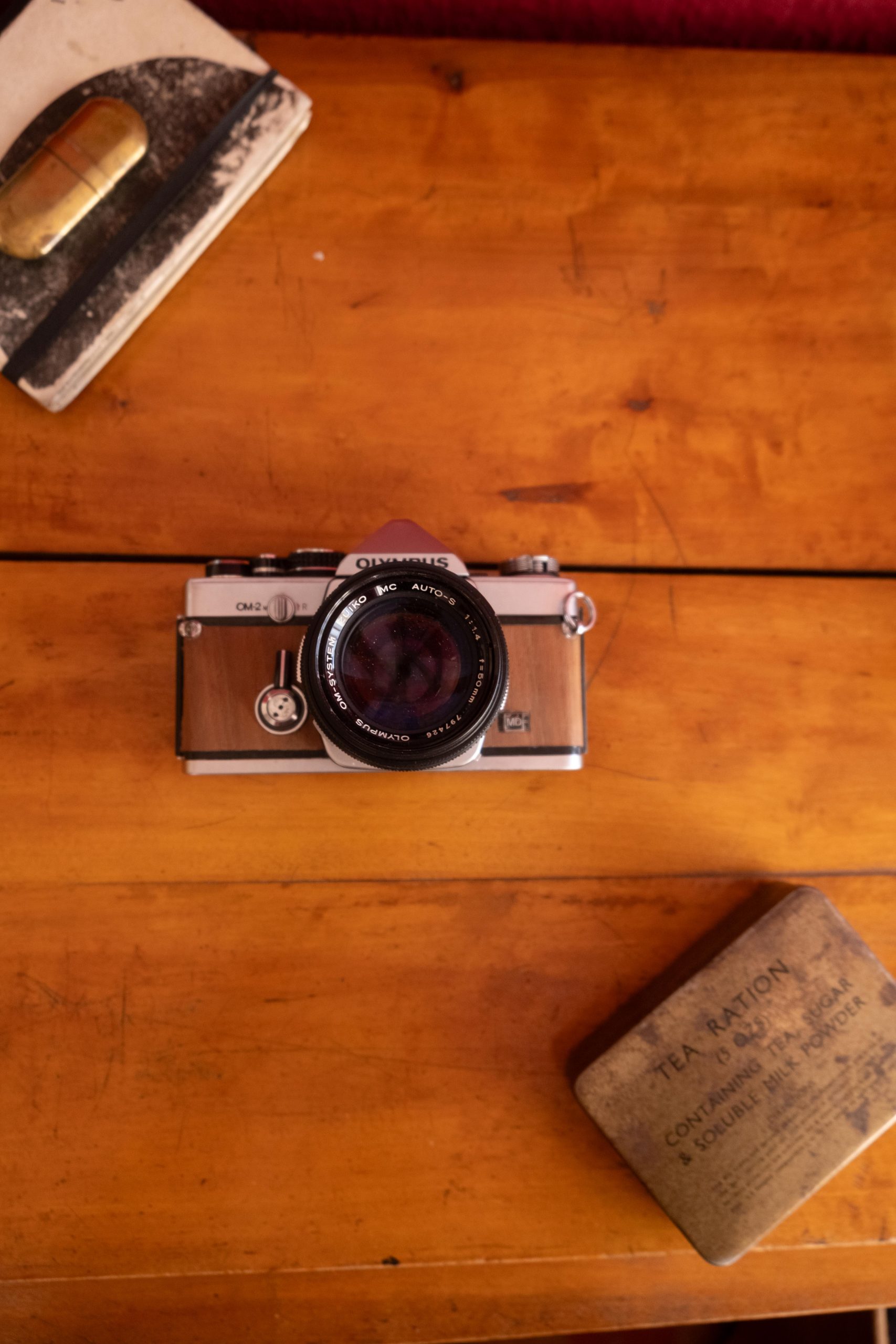Description
FREE SHIPPING WORLDWIDE ABOVE $190 USD!
Shipments are sent via DHL and a tracking code will be e-mailed to you for confirmation, packages typically arrive within 5-6 business days. Once expedited, we are not responsible for possible shipping delays, or hold-ups at customs, as these events occur independently of the company.
In the case of mass orders arriving at once, such as during the holiday season, a delay in shipping can be expected. Should this occur, we will notify you by email.
A slight difference may exist between the image and the product itself. Such differences may be caused by the uniqueness of each element used in the production, as well as possible lighting changes when photographing each product.











